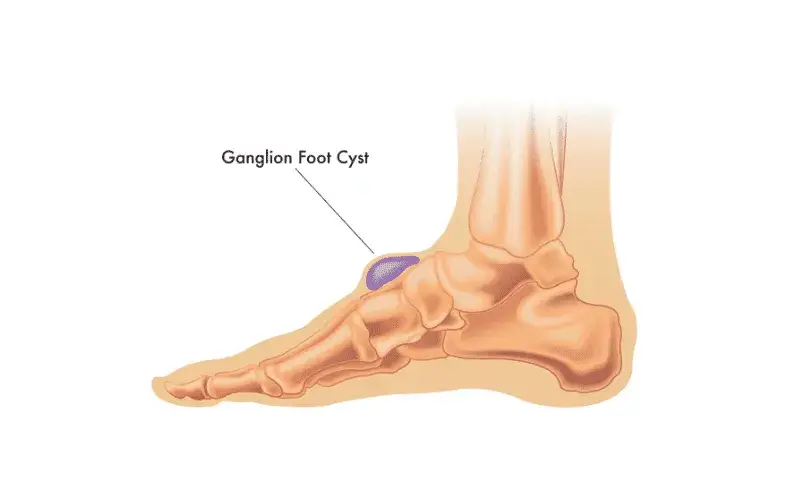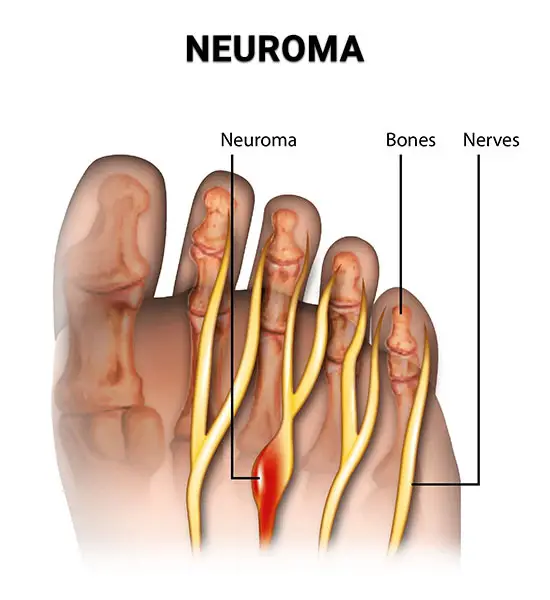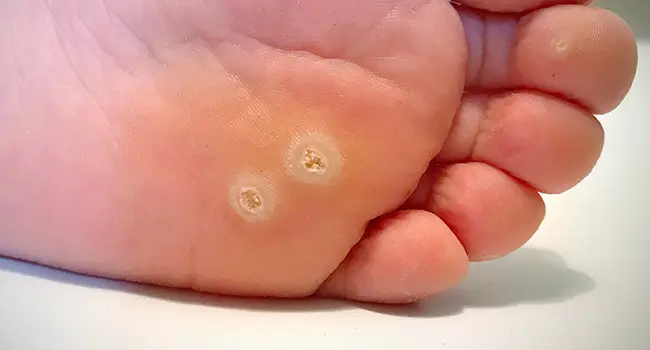The Hidden Battle: Common Injuries in Combat Sports and the Vital Role of Physiotherapy
The Hidden Battle: Common Injuries in Combat Sports and the Vital Role of Physiotherapy
Common Injuries in Combat Sports:
1. Musculoskeletal Injuries
Musculoskeletal injuries are the most prevalent injuries in combat sports. According to research by
the American Orthopaedic Society for Sports Medicine, strains and sprains account for
approximately 32% of MMA injuries (AOSSM, 2024). These injuries typically result from the
explosive, multidirectional movements required in combat, especially during takedowns and
transitions. Knee ligament tears and ankle sprains occur frequently due to pivoting and kicking
motions. These injuries can significantly impact an athlete’s mobility and stability, making early
intervention crucial (AOSSM, 2024). Hip injuries are increasingly recognised among combat sports
athletes, particularly due to the dynamic movements involved in these disciplines. Common hip
injuries include Labral Tears, Femeroacetabular Impingement (FAI) and Hip Flexor Strains.
The hand is one of the most commonly injured areas in mixed martial arts (MMA), primarily due to
repetitive striking. A study analysing 408 MMA fights, reported an upper limb injury rate of 9.9 per
100 athletic exposures, with the hand being the most frequently injured location (6.61 per 100
exposures). Specific injuries include carpometacarpal (CMC) instability, boxer’s knuckle, and skier’s
thumb. These conditions often result from repetitive stress and impact during training and
competition (Fares et al., 2022).
Shoulder injuries are prevalent among combat sports athletes, particularly due to the demands of
striking and grappling. Rotator cuff tears and labral tears are common shoulder injuries in these
athletes, often resulting from repetitive overhead movements and direct trauma.
2. Fractures and Dislocations
Fractures, especially to the hands and wrists, are common due to frequent striking. Dislocations,
particularly of the shoulder and elbow, are often associated with submission holds and throws
(AOSSM, 2024).
3. Concussions and Head Trauma
Head injuries remain a critical concern in combat sports. Concussions can result from both direct
head strikes and whiplash-type movements. Over time, recurrent concussions may lead to chronic
traumatic encephalopathy (CTE), a progressive neurological disorder (Torres, 2018).
The Role of Physiotherapy in Combat Sports
Physiotherapy plays a crucial role in injury management and improving performance for combat
sports athletes.
1. Injury Assessment and Rehabilitation
Physiotherapists conduct detailed assessments and develop personalised rehabilitation plans. These
often include exercises to improve joint stability, mobility, and strength—critical for recovering
from injuries such as ACL tears or rotator cuff strains (AOSSM, 2024).
2. Manual Therapy Techniques
Manual therapy, including joint mobilisations, myofascial release, and soft tissue manipulation, can
significantly reduce pain and facilitate recovery. Trifecta Therapeutics (2023) reports that hands-on
techniques are especially effective in managing joint and soft tissue dysfunctions.
3. Neuromuscular Re-education
This approach focuses on retraining the body to use correct movement patterns, which can prevent
reinjury and enhance athletic performance. It’s especially relevant for post surgical rehabilitation of
the lower limbs, where impaired biomechanics often lead to recurring issues (Kaur & Singh, 2017).
4. Preventive Strategies/ Education
Physiotherapists also educate athletes on injury prevention, emphasising proper warm-up,
stretching, and strength training.
Conclusion
Combat sports athletes face a high risk of various injuries due to the physical intensity and
unpredictability of competition. Physiotherapy plays a pivotal role not just in injury recovery, but in
building resilience, enhancing performance, and extending athletic careers. A well-rounded
physiotherapy program should be considered an essential part of every combat athlete’s training
regimen.
References
American Orthopaedic Society for Sports Medicine (AOSSM), 2024. Mixed Martial Arts: Injury
Patterns, Trends, and Misconceptions. [online] Available at: https://www.sportsmed.org/
membership/sports-medicine-update/summer-2024/mixed-martial-arts-injury-patterns-trends-and-
misconceptions [Accessed 14 Apr. 2025].
Fares, M. Y., Baydoun, H., Elhassan, B., & Abboud, J. A. (2023). Upper limb injuries in mixed
martial arts. The Physician and sportsmedicine, 51(5), 434–441. https://doi.org/
10.1080/00913847.2022.2123257
Kaur, R. and Singh, J., 2017. Physiotherapy and martial arts. ResearchGate. [online] Available at:
https://www.researchgate.net/publication/319112469_Physiotherapy_and_martial_arts [Accessed
14 Apr. 2025].Torres, R., 2018. Mixed Martial Arts and the Risk of Concussion. Orlando Orthopaedic Center. [pdf]
Available at: https://www.orlandoortho.com/wp-content/uploads/2018/02/Torres-Mixede-Martial-
Arts-min.pdf [Accessed 14 Apr. 2025].
Trifecta Therapeutics, 2023. 5 Ways Physical Therapy Can Knock Out Injuries in Combat Athletes.
[online] Available at: https://www.trifectatherapeutics.com/blog/rehab-for-the-combat-athlete-5-
ways-pt-can-ko-injuries [Accessed 14 Apr. 2025].







